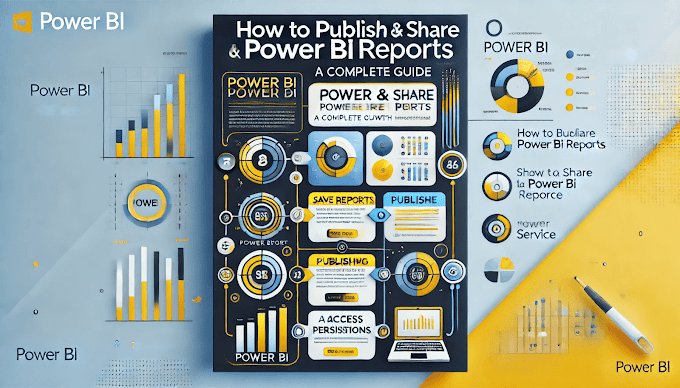Interactive Excel dashboards are the culmination of advanced charting and customization techniques. They consolidate multiple charts, slicers, and data tables into a cohesive interface, enabling users to analyze data seamlessly. This final blog in the series will guide you through creating a complete interactive Excel dashboard from start to finish.
What Makes a Great Dashboard?
Clarity: Easy-to-read visuals and concise data representation.
Interactivity: Dynamic elements like slicers and dropdowns.
Customization: Aligning visuals with your audience’s needs.
Efficiency: Quick response times and minimal clutter.
Steps to Create an Interactive Dashboard
1. Prepare Your Data
Steps:
Organize raw data into structured tables.
Clean data by removing duplicates, fixing errors, and ensuring consistency.
Use helper columns for calculations like growth percentages or cumulative totals.
Example: For a sales dashboard, ensure data includes fields like Region, Product, Month, Sales, and Targets.
2. Create PivotTables and PivotCharts
Why? PivotTables and PivotCharts provide dynamic aggregation and visualization capabilities.
Steps:
Insert a PivotTable for key metrics (e.g., total sales by region).
Use PivotCharts to visualize the data (e.g., bar charts for regional sales).
Rename fields and clean up chart labels for better readability.
Pro Tip: Use multiple PivotTables to create charts for different aspects of your dataset, like time trends, product performance, and regional comparisons.
3. Add Interactivity with Slicers and Timelines
Steps:
Insert slicers for categorical fields (e.g., Region, Product).
Go to Insert > Slicer, then select the fields to filter.
Use timelines for date-based filters.
Go to Insert > Timeline, and choose a date field.
Link slicers and timelines to multiple PivotTables for synchronized filtering.
Example: A user selects a region and time period, and all charts update accordingly.
4. Design the Dashboard Layout
Steps:
Arrange charts, slicers, and tables logically.
Use shapes or text boxes for titles and descriptions.
Add separators or gridlines for visual clarity.
Pro Tip: Stick to a clean and professional color palette. Use Excel’s themes or customize chart colors to align with your branding.
5. Enhance with Advanced Features
Dynamic Text:
Link text boxes to cells for dynamic labels or summaries.
Example: ="Total Sales: " & SUM(A2:A10)
Custom Conditional Formatting:
Highlight key data points dynamically.
Example: Use a red fill for values below targets and green for values exceeding targets.
Interactive Buttons with Macros:
Add buttons to reset filters or switch views.
Record macros to automate tasks and assign them to buttons.
Final Touch: Optimize and Protect
Optimize for Speed:
Limit the number of data points displayed.
Use smaller datasets or extract summaries for large files.
Protect Your Dashboard:
Lock important cells and formulas to prevent accidental edits.
Go to Review > Protect Sheet and set permissions.
Test Across Devices:
Ensure compatibility for different screen sizes and resolutions.
Practical Example: Sales Dashboard
Dataset:
Dashboard Features:
Charts:
- Regional sales bar chart.
- Monthly sales line chart.
- Product performance pie chart.
Interactivity:
- Slicers for Region and Product.
- Timeline for Month.
Dynamic Text:
- Title updates based on selected region.
- Summary text: "Sales exceeded targets by $X.
Result: A visually appealing dashboard that provides actionable insights at a glance.
Interactive dashboards are the pinnacle of Excel data visualization. By combining all the techniques covered in this series—from advanced charting to customization and interactivity—you can create dashboards that not only inform but also impress.
Write Us- Support@virvijay.com.




.jpg)






.png)


